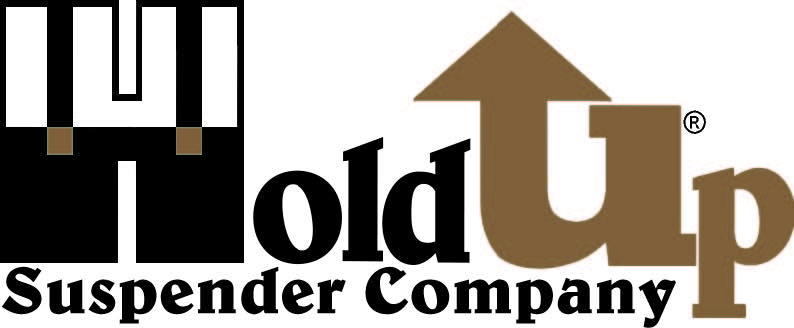Introduction
Whether you're a professional contractor, carpenter, or DIY enthusiast, a tool belt is indispensable for keeping your tools organized and within arm's reach. The addition of suspenders can make the weight distribution better, but there are common mistakes that can reduce the effectiveness and comfort of this setup. Let's delve into the intricacies of using tool belt suspenders and the best practices for optimum utility and comfort.
Wearing A Tool Belt With Suspenders
Tool belts with suspenders are designed to distribute the weight of tools evenly across the shoulders, reducing the strain on the waist and lower back. Unlike a regular tool belt that sits on the hips, the suspender version can help reduce fatigue during extended periods of use.
Why Use A Tool Belt

Efficiency: Having all your tools within arm's reach reduces the time spent searching for them.
Safety: Reduces the risk of tripping over devices or having them fall from heights.
Organization: Keeps tools separated and prevents them from scratching or damaging each other.
Mobility: Move freely around a site without having to carry a toolbox.
Factors to Keep In Mind When Purchasing A Tool Belt To Prevent Discomfort
Padding: Ensure the belt and suspenders are well-padded to prevent pressure points.
Fit: Ensure it's adjustable to fit snugly without being too tight.
Material: Durable materials like leather or heavy-duty canvas can withstand wear and tear.
Weight Distribution: The pockets and loops should allow for an even distribution of tools.
Breathability: If working in hot conditions, consider materials that allow for airflow.
Should You Wear Tool Belt Suspenders?
Wearing suspenders with a tool belt is a personal choice but is often recommended when:
- I was carrying heavy tools for prolonged periods.
- Experiencing back or hip pain from a regular tool belt.
- Needing to frequently bend or move in ways that might cause tools to fall out of a belt-only setup
Common Mistakes When Wearing A Tool Belt

Overloading: Avoid carrying every tool; only take what's necessary.
Uneven Weight Distribution: This can cause back pain and imbalance.
Wearing It Too Low: This can strain the back; it should rest on your hips.
Not Adjusting Straps Properly: Loose straps can cause the tool belt to shift and sway.
Ignoring Maintenance: Regularly check for wear and tear.
Tips In Wearing A Tool Belt

Prioritize Tools: Place frequently used tools within easy reach.
Balance The Weight: Make sure the tool weight is evenly distributed.
Check Adjustments Regularly: Movement can sometimes cause straps to loosen.
Wear Over Appropriate Clothing: Ensure clothing doesn't cause chafing under the tool belt.
Break It In: New tool belts can be stiff; wear them to soften them.
When To Wear Toolbelt Suspenders:
- During long projects.
- When carrying heavier tools.
- If experiencing discomfort with a regular belt.
- On projects requiring a lot of bending and climbing.
Frequently Asked Questions
How Can I Ensure The Proper Fit Of My Tool Belt Suspenders?
First, adjust the suspender length according to your height and preference to avoid mistakes in fit. Ensure the straps aren't too tight or loose; they should comfortably distribute the weight of the tool belt without digging into your shoulders. Check for adjustability features and test the fit before loading up your tools.
What Weight Limit Should I keep In Mind When Using Tool Belt Suspenders?
Each pair of tool belt suspenders has a weight capacity specified by the manufacturer. Avoid overloading your tool belt with excessive tools and equipment that exceed this limit. Overloading can strain the suspenders, leading to discomfort and potential damage. Distribute the weight evenly and consider the weight limit as a guideline for safe usage.
Can I Attach Tool Belt Suspenders To Any Tool Belt?
Not all tool belts are designed to be used with suspenders. Some tool belts have built-in suspender attachment points, while others might not. Choosing a tool belt compatible with suspenders or loops/rings for attachment is essential. Using suspenders on a non-compatible belt might lead to improper weight distribution and reduced comfort.
Conclusion
Tool belts are a staple for anyone regularly working with hand tools. Adding suspenders can enhance comfort and efficiency, especially during long projects or when carrying heavy tools. However, avoiding common mistakes is crucial to reap the full benefits. By choosing the right belt, maintaining it well, and wearing it correctly, you can ensure safety, comfort, and efficiency in your projects.

